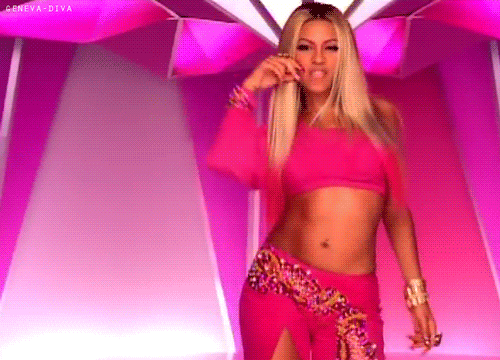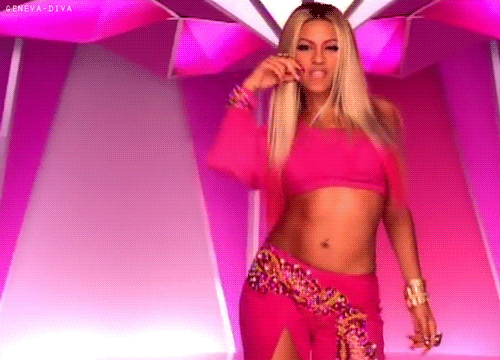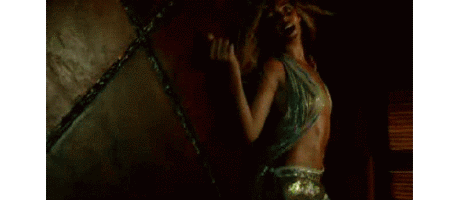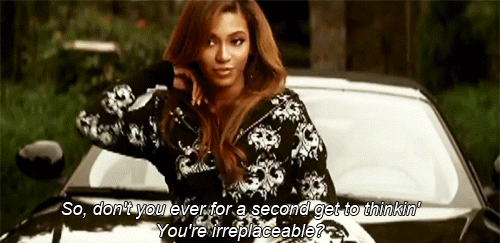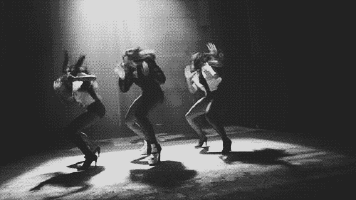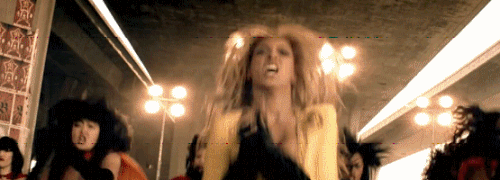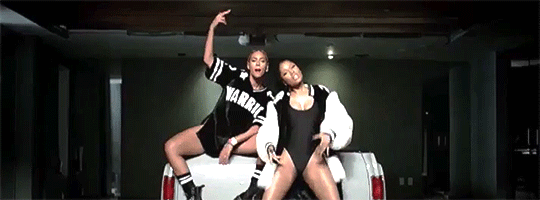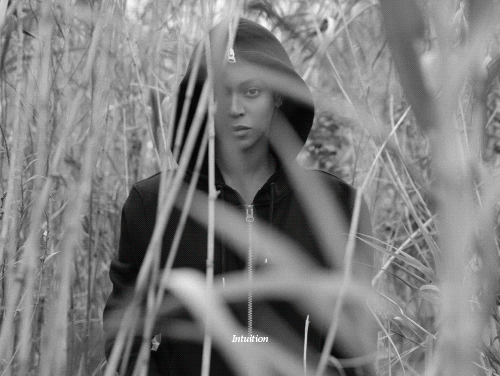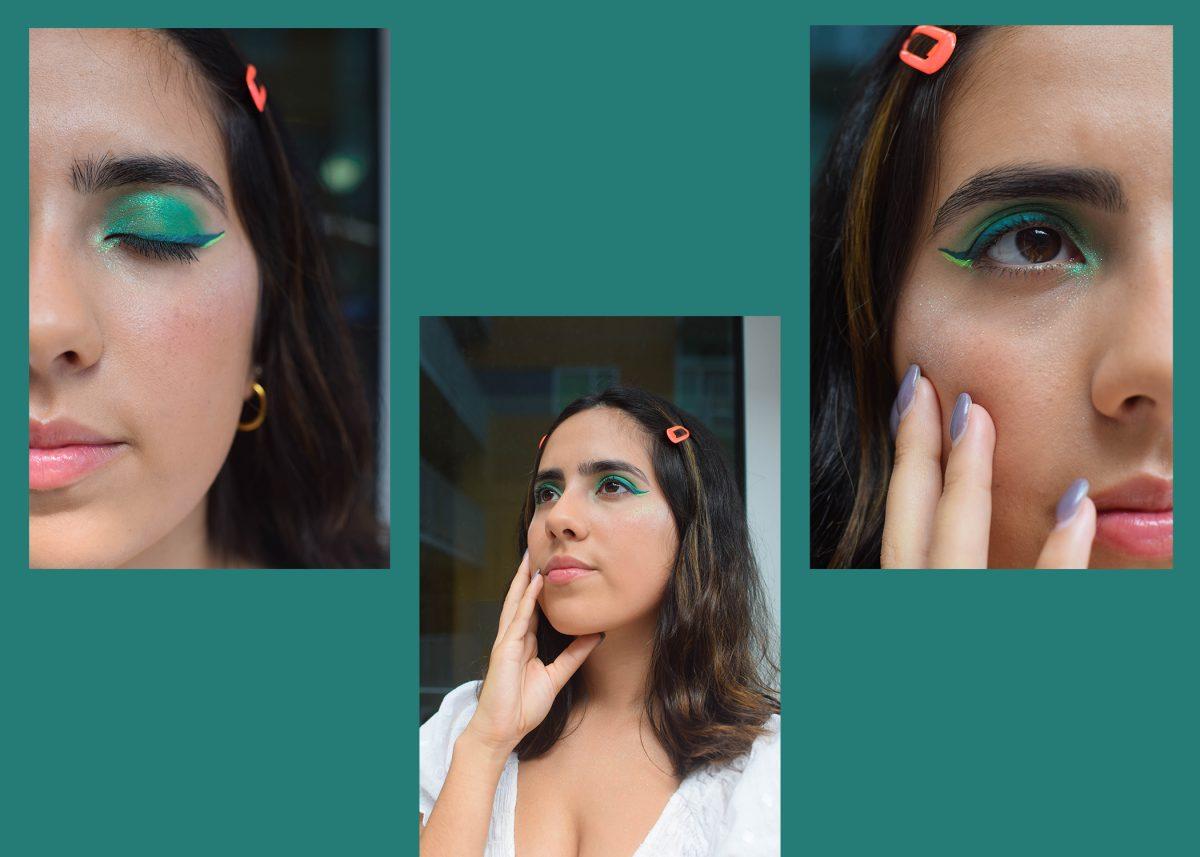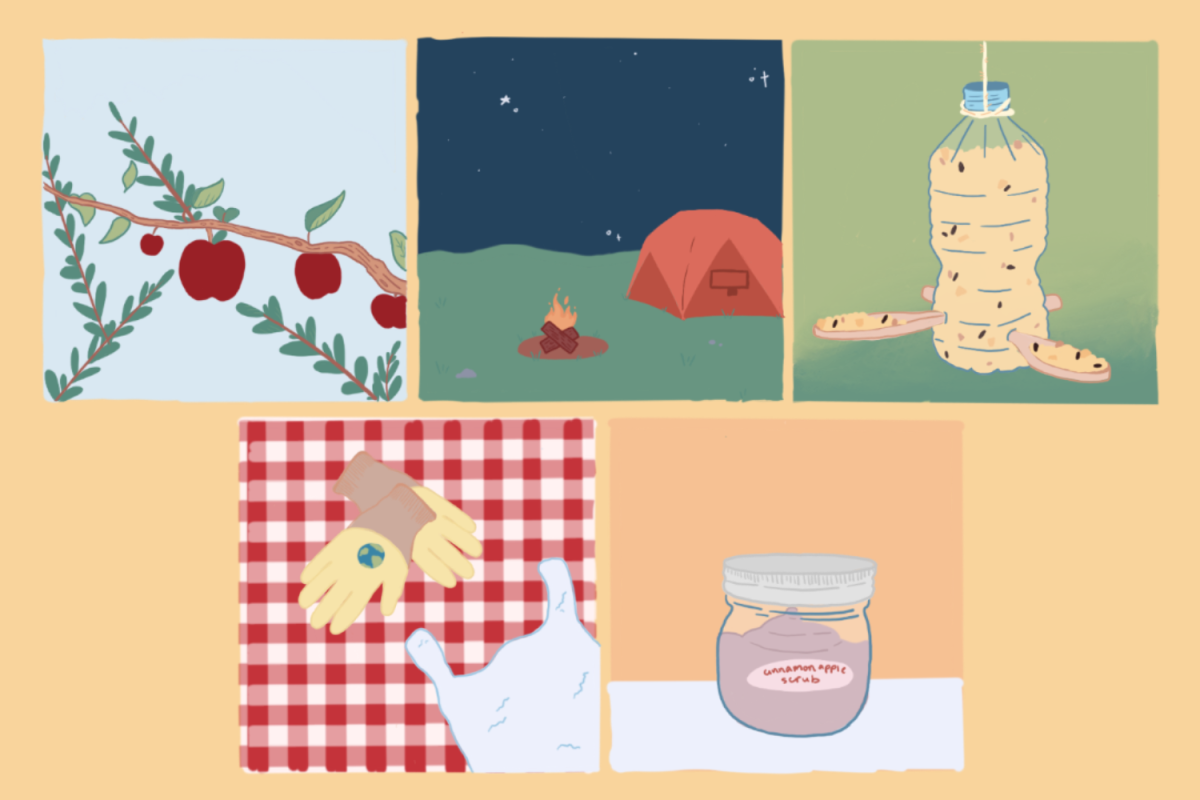Calling Beyonce a trendsetter is probably one of the biggest understatements of the decade.
Story by Rochelle Friedewald
Nowadays whatever Queen Bey does is immortalized by the media and her fans alike. The last two decades have seen her career blossom and transform into a pop culture phenomenon, but one thing about Beyonce remains the same — her flawless style’s ability to embody the times.
Bootylicious (2001)
Back in the days when girl power was found in the form of girl groups, synchronized dance steps and matching outfits, Beyonce’s style began to make waves. Pop culture turned its eyes on the curvaceous, scantily clad figures of the girls of Destiny’s Child during the early 2000s. Brightly-hued rhinestone studded pants and midriff bearing tops designed by her mom were in style with the help of Beyonce’s irresistible backside in “Bootylicious.” Her pin-straight hair, thinly plucked eyebrows and dark lined lips made for a look that captured the style that took hold in the new millennia of fashion.
Baby Boy (2003)
When Beyonce launched her solo career in 2003, her style got even more glamorous and trend setting. When she released the music video for her single “Baby Boy” we got an eyeful of a new, sequined-clad Beyonce. The small halter tops and glittery mini skirts that accompanied the reggae-infused beat became instantly iconic.
Irreplaceable (2006)
With the release of her second album, “B’Day,” Beyonce traded in her glittery mini skirt and bright eyeshadow palette for a much more laid back look. Her boot-cut jeans, hoodie and tank top ensemble in “Irreplaceable” fulfilled the girl-next-door style we were all trying to recreate in the late 2000s.
Diva (2009)
In 2009, Beyonce had almost a decade of smash hits under her belt. In 2009, her style took a darker, more refined turn. Her unapologetically badass persona appeared in her third studio album “I Am…. Sasha Fierce.” The sleek, leather jacket and distressed jeans she rocked in the “Diva” music video transformed Beyonce from a pop princess into the boss lady she is today. The edgy-chic look dominated the late 2000s, once again proving that whatever Bey dons tends to inspire. One of the most iconic Beyonce looks, the leotard, is debuted during this time in her career. She still rocks the tight one piece on stage during her all of her amazing dance routines.
Run the World (Girls) (2011)
In 2011, the single “Run the World (Girls)” came out. Her empowering lyricism and performance in this music video was also accompanied by a style that was bold and striking. Beyonce and her army of female dancers rocked a dark militant look, complete with vibrant splashes of red and accented with gold accessories. This bold style, in addition to the smokey eye makeup and tousled, messy hair definitely encouraged the fashion forward to take more daring fashion choices.
Feelin’ Myself (2015)
Queen Bey’s reign cotinues. While this song is more a Beyonce feature rather than a song of her own, the looks and performances of both Nicki and Queen Bey on this iconic female empowerment anthem were constantly discussed on Twitter after the Coachella surprise drop. Both Nicki and Beyonce rocked scandalous sport luxe looks, with oversized jerseys and baseball jackets, a street style that many mimicked in the summer of 2015. Their vintage fifties pop style swimsuits, glamourous gold chains and luxurious pink fur coats were praised by the likes of Vogue and inspired many festival looks that we see today.
Lemonade (2016)
The release of the hour-long visual album Lemonade made many personal and political statements that left viewers in awe of Queen Bey. However, the intense fashion statements she made are not to be overlooked. Beyonce and her lineup of all black women rocked everything from cornrows to headwraps to afros, paying homage to their roots and defying the “good hair” stereotype. While Beyonce strutted around in everything from Gucci to vintage McQueen to Yeezy, most of her looks were infused with a bit of old school Louisiana flavor, set in a time period (the Victorian era) in which the beauty of the African-American women and their culture were not able to properly shine.































